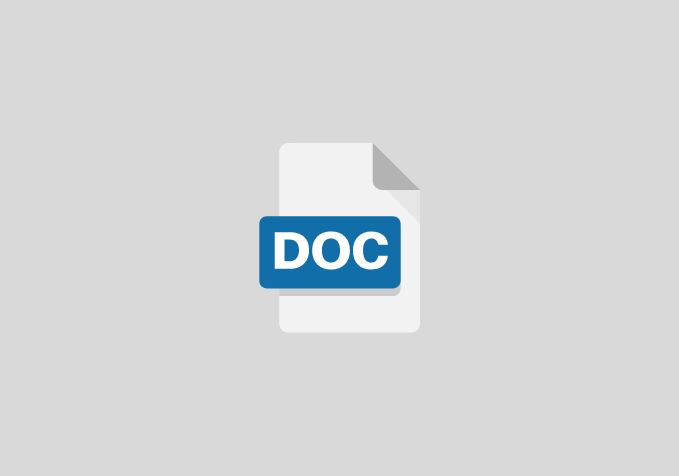Determination of Copper Concentration in Pond Water in Delta State Ozoro
Chapter One
The objective of the Research
In the light of the above problems this study was carried out;
- To measure the concentration of Copper in pond of the Jimi pond in Ozoro
- To examine the spatial and temporal trends of Copper in pond water in Ozoro.
CHAPTER TWO
LITERATURE REVIEW
Coppers may occur in aquatic environments from natural processes and from discharges or leachates from several anthropogenic activities (Connell et al., 1999; Franca et al., 2005). Concentration of natural waters by coppers negatively affects aquatic biota and poses considerable environmental risks and concerns (Cajaraville et al., 2000; Ravera, 2001). Monitoring programmes and research on coppers in aquatic environment have become important due to concerns of over accumulation and toxic effects to aquatic organisms and to humans through the food chain (Otchere, 2003). Contaminants can persist for many years in sediments where they hold the potential to affect human health and the environment (Mackevičiene et al., 2002).
Sediments are an important sink of a variety of pollutants, particularly coppers and may serve as an enriched source of these contaminants for benthic organisms (Wang et al., 2002). Metals may be present as dissolved species, as free ions or forming organic complexes with humic and fulvic acids. Additionally, many metals e.g. Pb associate readily with particulates and become adsorbed or co-precipitated with carbonates, oxyhydroxides, sulphides and clay minerals. Exposure of sediment- dwelling organisms to metals may then occur via uptake of interstitial waters, ingestion of sediment particles and via the food chain (Luoma, 1989). The occurrence of elevated levels of coppers in sediments found at the bottom of the water column can be a good indicator of man-induced pollution rather than natural enrichment of the sediment by geological weathering (Davies et al. 1991, Chang et al. 1998).
Reference
- AAK. (2015). Major Challenges Facing fish farming in Kenya: Report by Aquaculture Association of Kenya . Nairobi.
- Abaru, M.B., Nyakuni, A. and Shone, G. (2006). Strengthening farmer’s organizations: RELMA’s experience in western and southern Africa. ICRAF Working Paper no 23.
- Abera, L.(2017). Fisheries production system scenario in Nigeria. Int. J of Fisheries and Aquatic Studies. 5(1): 79-84.
- Asaminew, K. (2012). Utilization of locally available feedstuffs for small-scale aquaculture production in Nigeria. Doctoral Dissertation at University of Natural resources and Applied life Sciences, Vienna, Austria.
- AKK (2015) Major Challenges Facing Farming in Kenya: Report by Aquaculture Association of Kenya, Nairobi.
- Bernard, H.R., Wutich, A. and Ryan, G.W., 2016. Analyzing qualitative data: Systematic approaches. SAGE publications.
- Breuil, Chr. and Grima, D. (2014). Baseline Report Nigeria. Smart Fish Programme of the Indian Ocean Commission, Fisheries Management FAO component, Ebene, Mauritius. 24 pp.
- Charles C. Ngugi, J. R. (2007). A new Guide to Fish Farming in Kenya. Kenya : Aquaculture CRSP.
- Christian Larbi Ayisi, E. H. (2016). Aquaculture Extension Services: A case of fish farms in the western region of Ghana. Ghana: International Journal of Fisheries and aquatic studies.
- Cobb, C.W. and Douglas, P.H., 1928. A theory of production. The American Economic Review, 18(1), pp.139-165.
- Creswell, J. W., & Creswell, J. D. (2017). Research design: Qualitative, quantitative, and mixed methods approaches. Sage publications.


